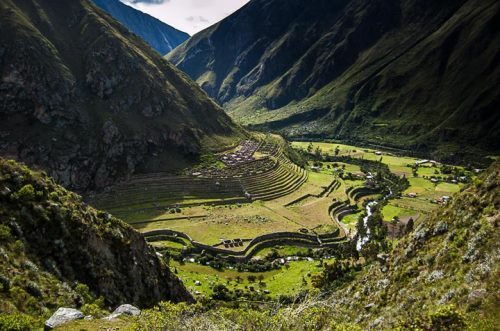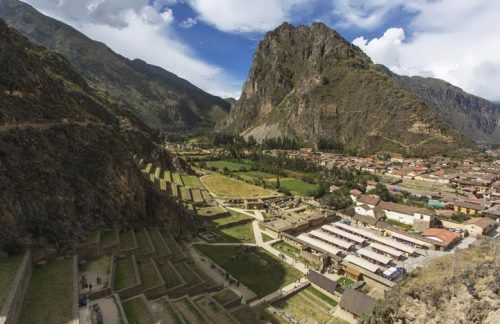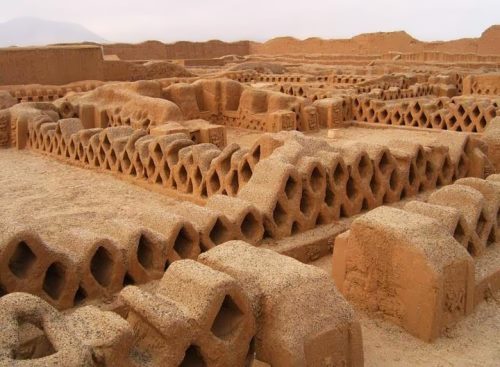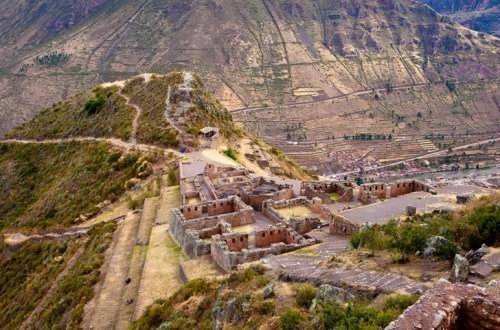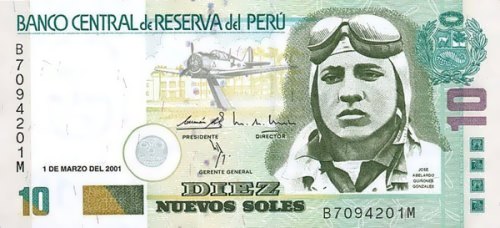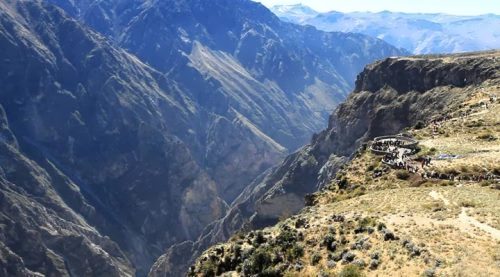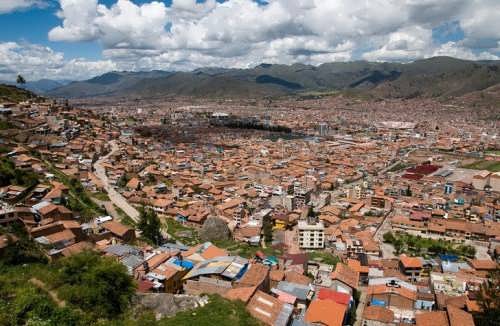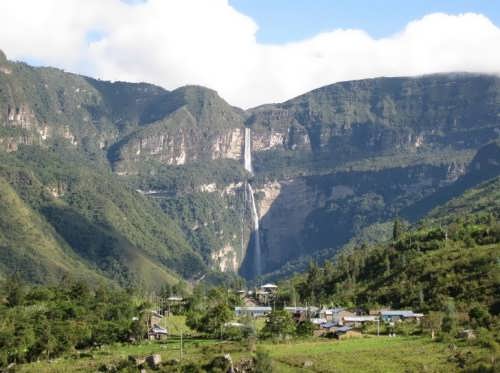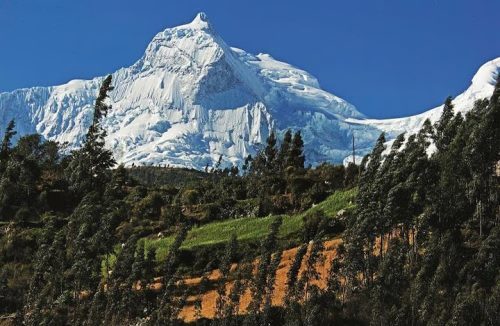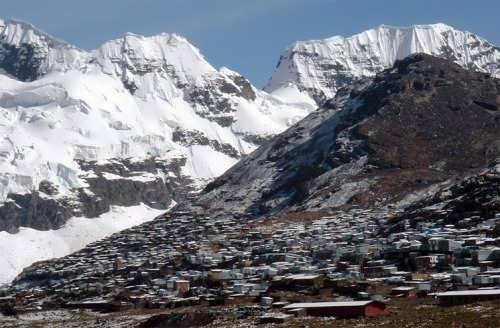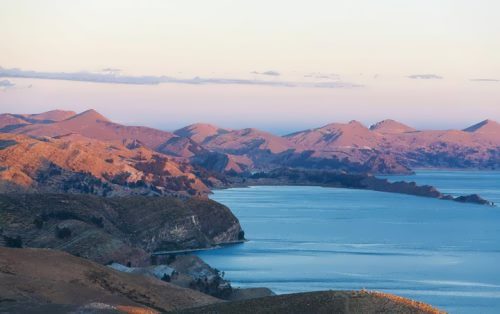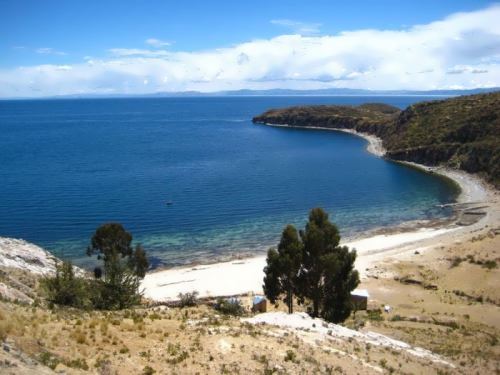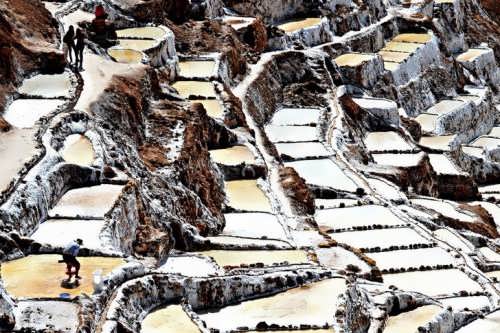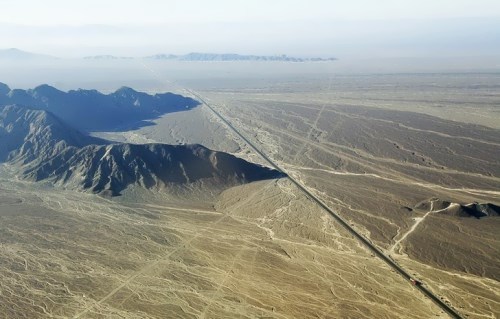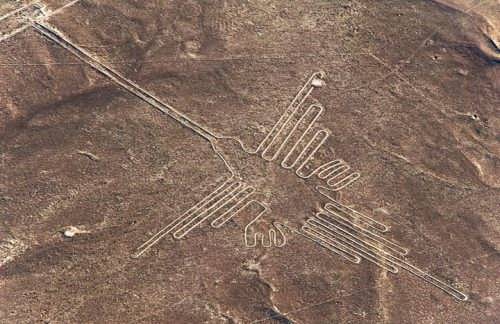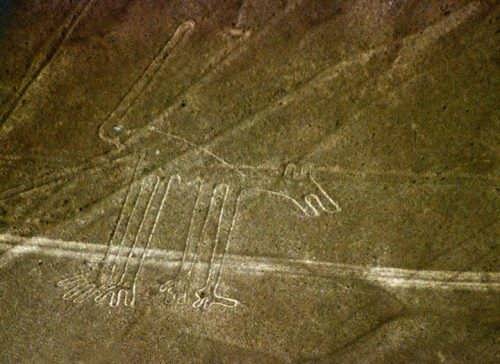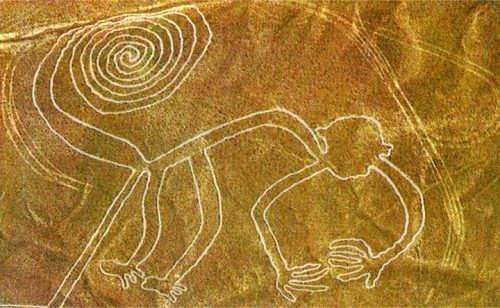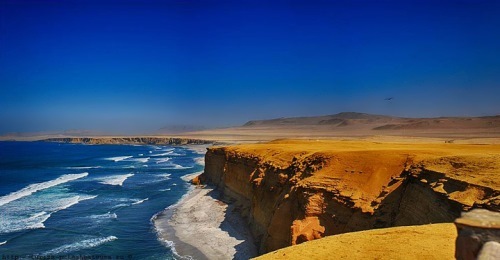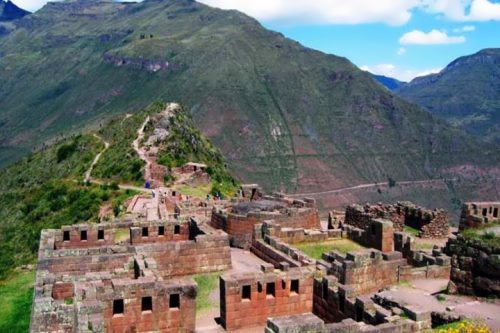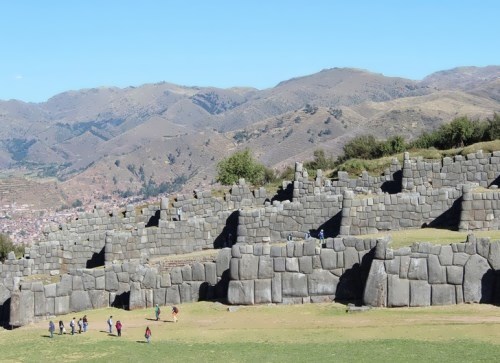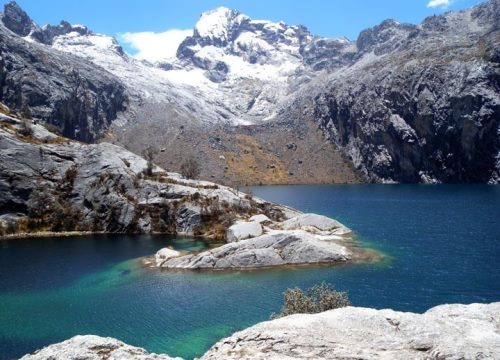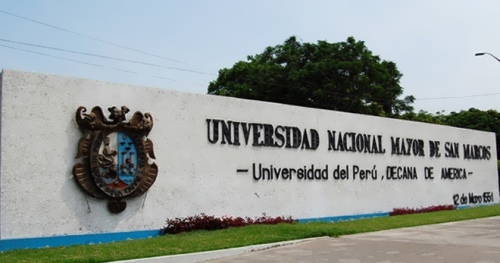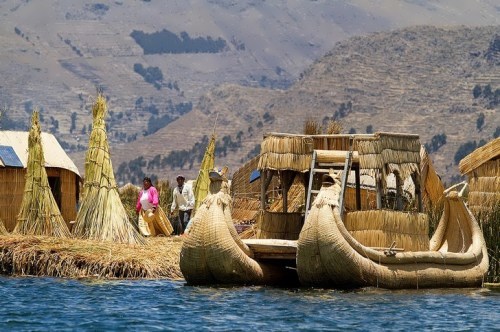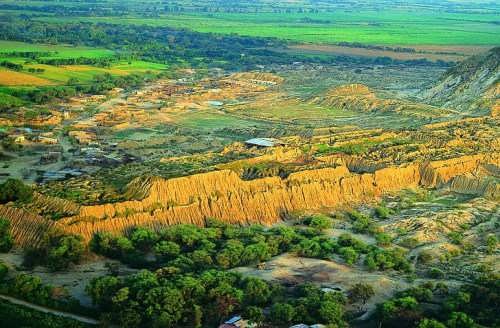Peru – Land of the Inca
Peru is a large South American country. It is the third largest country in South America; only Brazil and Argentina are larger. In the west it has a long coastline on the Pacific Ocean. Many of Peru’s major cities are located on a narrow strip of flat land along the coast. Lima is the capital of the country. Peru shares borders with Ecuador, Colombia, Brazil, Bolivia, and Chile.
About half of the population is American Indian. Mestizos, or people with both Indian and European roots, make up about a third of the population. There are also small groups of Japanese, Chinese, and others.
Roman Catholicism is the country’s main religion.
Around AD 1200 the Inca formed the city of Cuzco in what is now Peru. Their great empire was destroyed when Spanish soldiers seized the land in the 1530s. Millions of Inca died. In 1821 a general from Argentina captured Lima and declared Peru independent from Spain. From 1879 to 1883 Peru fought a war with Chile. Alberto Fujimori became president in 1990.
Peru has deposits of gold, copper, zinc, silver, lead, and iron ore. It also mines some oil. Farmers in Peru grow sugarcane, rice, corn, cotton, and potatoes. They also raise sheep, cattle, pigs, goats, and chickens.
Peru is known for two domesticated animals that are native to the Andes, llamas and alpacas.
Lake Titicaca, one of the largest lakes in South America and one of the world’s highest lakes, is located high in the Andes.
The Amazon is the second-longest river in the world with a total length of about 6,570 kilometers.
The Andes Mountains (Cordillera de los Andes) is the world’s longest continuous mountain chain. It is about 8,045 kilometers long.
Colca Canyon, in southwest Peru, is 3,182 meters deep, twice as deep as the United States’ Grand Canyon.
Peru’s Valley of the Pyramids, or the Pyramids of Tucume, is the most significant artificial geographic feature. It is located between the cities of Chiclayo and Trujillo. Pyramids serve as tombs for ancient Peruvians.
Machu Picchu is the remarkable stone remains of this Inca settlement. Archaeologist Hiram Bingham discovered it in 1911.
The University of San Marcos was opened in 1551. It is the oldest university in Latin America.
Peru is a homeland of tomatoes, potatoes and avocados.
Peru has the second highest number of shamans in the world, after India.
